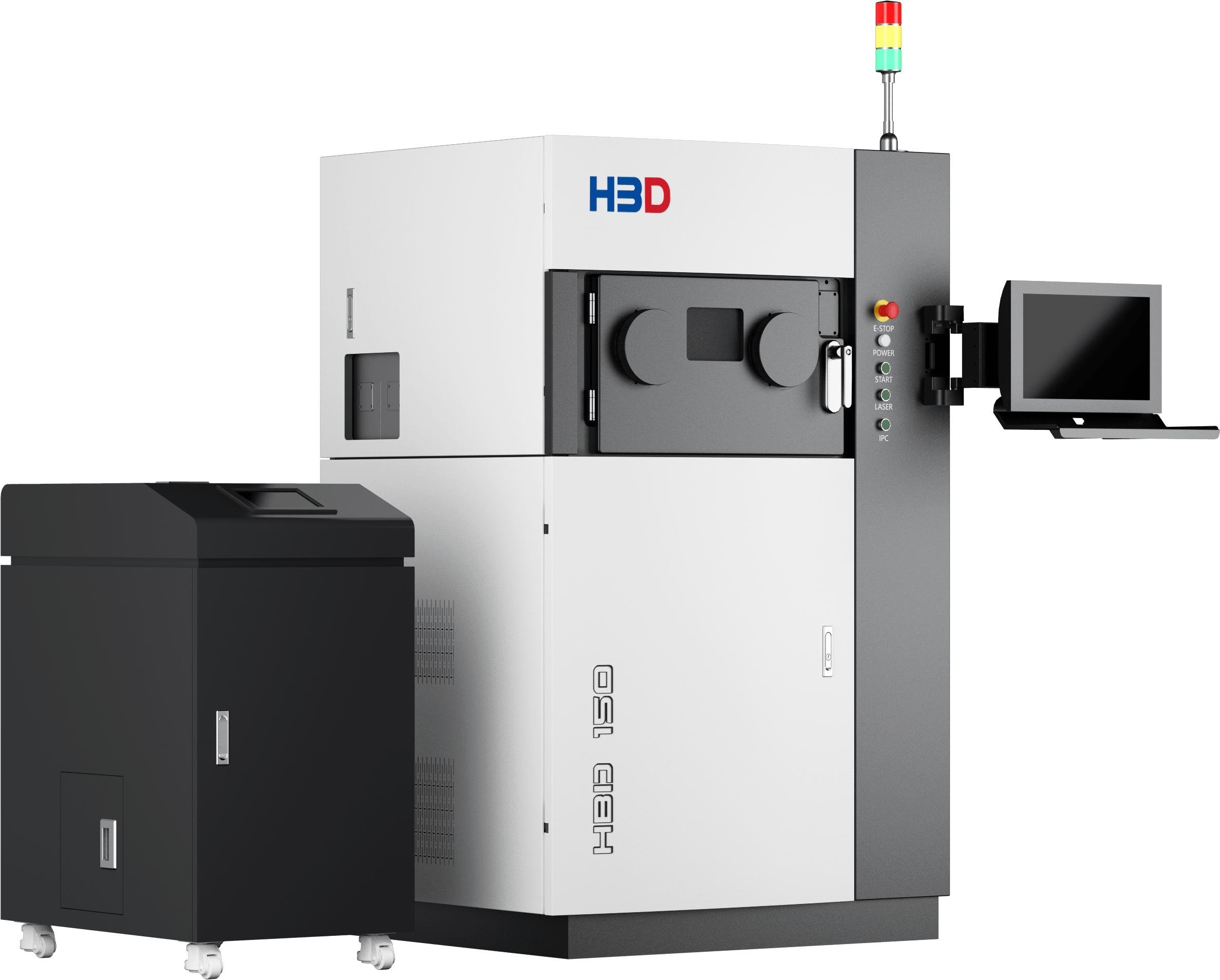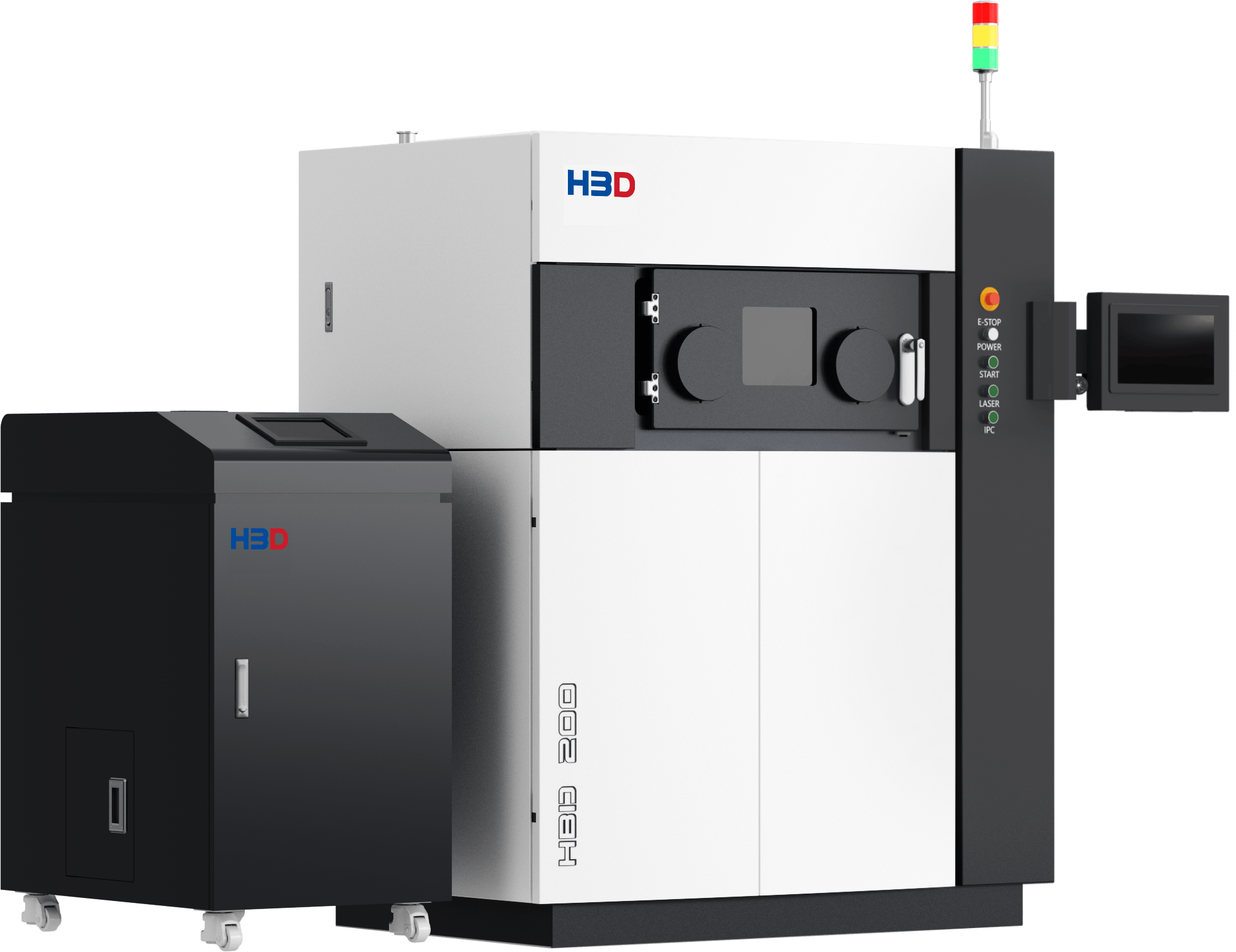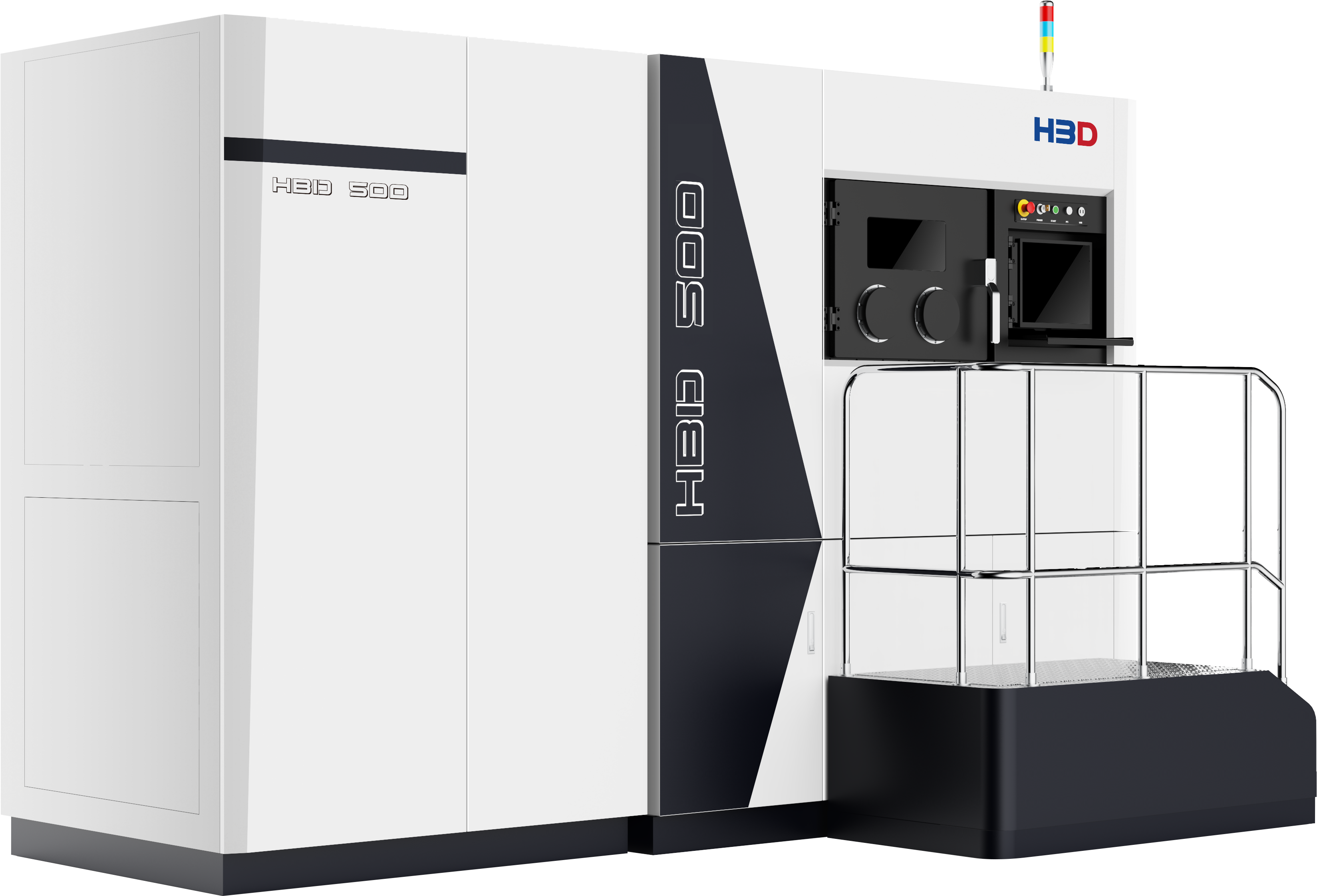FAQs
Categories
FAQs
Can HBD printers produce customized or one-off parts?
Absolutely. LPBF technology is perfect for customized production, allowing for:
Rapid prototyping to validate designs.
One-off parts tailored to specific requirements.
Small batch production with consistent quality.Does HBD offer training and long-term support?
Yes, we provide tailored training programs to help operators and engineers fully utilize our technology. Ongoing support is available through maintenance, software updates, and system upgrades.
What is LPBF 3D Printer, and what makes it suitable for manufacturing diverse parts?
LPBF (Laser Powder Bed Fusion) is a cutting-edge additive manufacturing technology that uses a high-powered laser to selectively melt and fuse layers of fine metal powder. This process enables the production of highly complex and detailed parts with superior mechanical properties, making it ideal for diverse applications.
What industries can benefit from HBD’s metal additive manufacturing solutions?
HBD’s metal additive manufacturing technology is highly versatile and can meet the manufacturing needs of virtually all industries. Our solutions are particularly impactful in:
Aerospace: Lightweight, high-strength components with complex geometries.
Medical and Dental: Customized implants, dental crowns, and surgical tools.
Automotive: Prototyping, performance parts, and lightweight structures.
Oil & Gas: Durable parts for high-temperature and corrosive environments.
Mold & Die: Precision tooling with reduced lead times.
Consumer Electronics (3C): Intricate components for compact designs.
Outdoor Sports Equipment: Optimized performance and lightweight solutions.
Energy: Turbine blades, heat exchangers, and renewable energy components.
Education & Research: Advancing innovation and workforce training.
Additionally, additive manufacturing’s flexibility allows for emerging applications in fashion, architecture, jewellery, and other creative fields.How extensive is HBD’s global presence?
HBD has deployed over 950 metal additive machines across 37 countries and regions, providing solutions to industries worldwide.
What certifications support HBD’s quality and safety standards?
HBD machines meet stringent global standards, such as:
SGS-CE for safety compliance in the EU market.
ISO9001 for robust quality management systems.
AS9100D for aerospace-grade manufacturing.
ATEX for safe operations in potentially explosive environments…Aside from metal 3D printer, what else should I equip?
Metal 3D printers require material, data-process software, gas supply, auxiliary devices, post-process devices and related consumables, etc. HBD offer one-stop solution for customers.
Are HBD printers suitable for mass production?
Yes, HBD LPBF printers support both prototyping and high-volume production. Features such as multi-laser systems and HBD AMES X Intelligent Management System make them ideal for industrial-scale manufacturing.
What materials are compatible with HBD’s machines?
HBD machines are compatible with a broad range of materials to meet diverse application needs, such as:
Titanium alloys (lightweight, biocompatible).
Stainless steel (corrosion-resistant).
Cobalt-chrome (wear-resistant, ideal for medical).
Aluminium alloys (lightweight, thermally conductive).
Nickel-based superalloys (high-temperature applications)…Can you supply metal powder?
Yes, HBD supplies most of the market-type materials. HBD also offers a wide range of validated processes for each of the above materials to ensure the excellent performance of the 3D printed parts.





